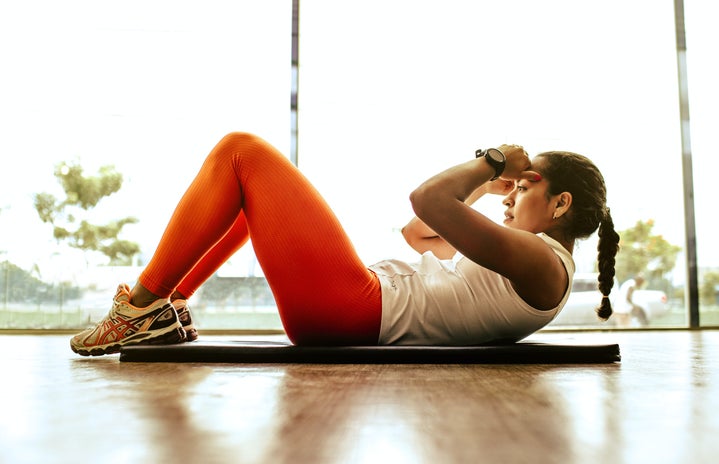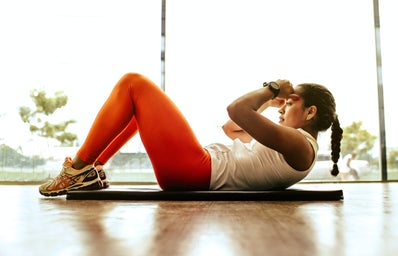Since the beginning of time, cities were built by and for men. As this has not changed yet, it is important to raise awareness on how the masculinization of urban planning still limits women empowerment and equal possibilities. When it comes to commuting to work or using public facilities women face several obstacles, therefore, gender must be taken into account in public policy by analysing the patterns of use of public space in order to define and satisfy the needs and interests of all people using it. Many cities have already taken steps towards this goal and leading form their examples this article will give a few ideas on how a city built for women will look like.
WALKING AND PUBLIC TRANSPORT
Research shows that women use public transports more often and walk more often than men. Yet, women do not feel secure walking or using public transport, especially at night, and many are victims to sexual harassment. Given this, city planners should draft a plan to improve pedestrian mobility and access to public transport.
- Adding additional lighting to make walking at night safer, eliminating dark alleys, dead ends and “entrapment areas”
- Repairing broken sidewalks, dangerous for all but especially when wearing heels or pushing a pram.
Eg: Be inspired by an artist in Montevideo (Uruguay) who repairs broken sidewalks with ceramics art and workshops are also organised to do it yourself!
- Free bus drives when pushing a pram
- Additional public transport stops to shorten the walking distance form destination at night
Eg: Montreal and Toronto (Canada) “Between two stops” program already does so to increase women perception of safety when travelling
- Adapting the height of handles on public transports (usually at a medium height man standard) to shorter women height
Eg: Tokyo (Japan)
GREEN AREAS AND PARKS
Green spaces are often inaccessible especially for low-wage women living in less central areas. Even when parks are accessible, they are far from being equalizing spaces: the main activity is often football, typically played by boys, and public parks have turned into sites of crime, which women are fearful to visit.
- Subdividing parks’ space into semi-enclosed smaller areas making a wider range of activities possible without one group (boys or girls) overrunning the other
Eg: Barcelona (Spain): benches used to divide the space and creation of badminton and volleyball courts
- Creation of more livable buildings blocks surrounded by courtyards allowing to spend more time outside without having to go far from home
Eg: Vienna (Austria) “Women-Work-City” project is promoting these complexes, which also have a kindergarten, pharmacy and doctor’s office, as well as being close to public transport stops.
PUBLIC TOILETS
Public toilets are often insecure for women. The World Health Organisation (WHO) estimates that 1 out of 3 women around the world do not have access to separate toilet facilities and must use communal facilities instead, which increases their risk of sexual violence. Moreover, the number of public toilets available is not enough, considering women need to use toilets more often than men, especially because of the necessities of our menstrual cycle.
- Double (at least) the number of public toilets for women. Considering that men can stand and that in the same space you can fit more men toilets, women should have at least double the space in public toilets.
Eg: Cape Town’s Khayelitsha township showed that doubling the number of properly functioning public toilets would reduce sexual assaults by 30%.
- Making public toilets big enough for prams to fit in
- Toilet seats for children to not have to hold them
Eg: Tokyo (Japan) have them in both sexes’ toilets
BREASTFEADING AND CHANGING BABIES
Cities built by men lack facilities for essential tasks such as breastfeeding and changing diapers. Breastfeeding is still (wrongly) not well accepted, making it embarrassing and uncomfortable for mums.
- Creation of free-access appropriate areas reserved to breastfeeding
Eg: Rome (Italy) spaces like this already exist in shopping malls
- Provide changing facilities in ALL public toilets (both sexes) or in a common area, allowing equal opportunities for moms and fathers to change their children. This is likely to weaken to gender stereotype according to which childcare is only a woman duty and further contribute to women empowerment.
These are just very few examples of how a city can easily adapt to womens’ needs. Many cities are already inspiration and hopefully many more improvements will be soon undertaken globally. Until then, as UN Women Deputy Executive Director Lakshmi Puri states, “No city can be smart and sustainable if half of its population is not safe and lives in fear of violence.”



